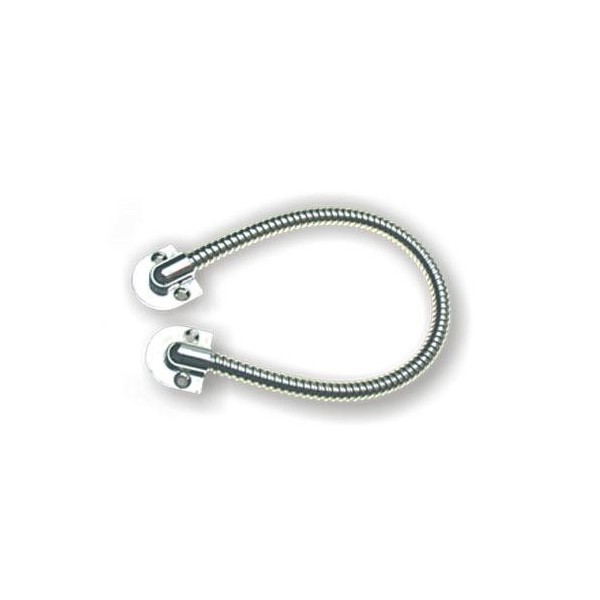Door contacts
Flexible transitions are indispensable installation elements within access control systems, offering protection, adaptability, and scalability. By effectively managing electrical connections and cables, these components contribute to the reliability, safety, and longevity of access control installations across various environments. Incorporating flexible transitions into access control designs ensures optimal performance, ease of maintenance, and compliance with industry standards, ultimately enhancing the overall effectiveness and value of access control systems.

Flexible transitions are vital components within access control systems, providing essential protection for electrical connections and cables. These elements play a critical role in ensuring the reliability, safety, and longevity of access control systems across various applications.
Flexible transitions act as protective conduits for electrical connections and cables, safeguarding them from environmental elements, mechanical stress, and potential damage. By encapsulating wires and cables, these transitions minimize the risk of short circuits, electrical hazards, and system malfunctions, ensuring consistent and reliable operation of access control systems.
One key advantage of flexible transitions is their ability to adapt to diverse installation environments and challenges. Whether navigating corners, tight spaces, or irregular surfaces, these components offer flexibility and versatility, enabling seamless integration into various architectural and structural configurations without compromising performance or aesthetics.
In addition to providing protection during initial installation, flexible transitions simplify maintenance and system upgrades over time. Their modular design allows for easy access to cables and connections, facilitating troubleshooting, repairs, and modifications with minimal disruption to system operation. This flexibility enhances the overall efficiency and longevity of access control systems, reducing downtime and maintenance costs.
Flexible transitions also contribute to enhanced safety and compliance with industry standards and regulations governing electrical installations. By effectively managing cable routing and organization, these components minimize the risk of tripping hazards, fire hazards, and code violations, ensuring a safe and compliant access control environment for occupants and personnel.










